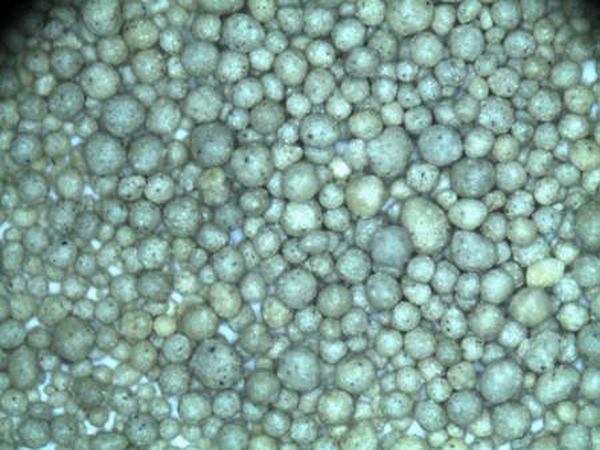Sand Casting Technology An Overview
Sand casting, one of the oldest and most versatile metal casting processes, has remained a cornerstone of manufacturing across various industries. This technique involves creating a mold from a mixture of sand, clay, and water, into which molten metal is poured to create a desired shape. Its wide applicability, cost-effectiveness, and capacity for creating intricate designs make it a favored choice for both large-scale industrial applications and small-scale artisanal work.
Sand Casting Technology An Overview
One of the significant advantages of sand casting is its ability to produce large parts while handling complex geometries. Since the sand molds can easily accommodate changes in design without substantial additional costs, manufacturers appreciate the flexibility offered by this technique. This adaptability makes sand casting suitable for a wide range of applications, from automotive components to industrial machinery and art pieces.
sand casting technology

Once the mold is prepared, the next step is the pouring of molten metal into the mold cavity. The choice of metal can vary widely, including aluminum, iron, steel, and bronze, depending on the desired properties of the finished product. After the molten metal cools and solidifies, the mold is broken away to reveal the casting. This stage typically requires additional finishing processes such as grinding, sanding, or machining to achieve the necessary surface finish and dimensional accuracy.
Environmental considerations in sand casting have led to the development of more sustainable practices, including the use of reclaimed sand and the reduction of waste through improved recycling techniques. Additionally, modern technologies such as computer-aided design (CAD) and computer-aided manufacturing (CAM) have enhanced the precision and efficiency of sand casting processes.
In conclusion, sand casting technology encapsulates a blend of traditional craftsmanship and contemporary advancements. Its continued evolution, driven by innovations in materials and techniques, ensures its relevance in a rapidly changing manufacturing landscape. As industries seek to optimize production while maintaining flexibility and sustainability, sand casting remains an indispensable method in the production of complex metal parts. Whether used for large industrial endeavors or smaller applications, sand casting's rich history and ongoing development signify its enduring importance in the world of manufacturing.
Post time:szept . 07, 2024 10:02
Next:Foundry Sand Testing - Ensuring Quality and Performance in Metal Casting
